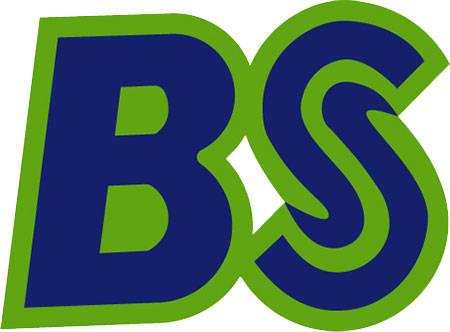
No two small businesses are alike, and that makes for a unique structuring of business tax liabilities. Business structures account for the primary reason behind different tax rates and payment options for small businesses. Here is a list of the five best restaurant payroll software we’ve identified to help you spend less time on payroll and more time running your restaurant. Lastly, it’s wise to hold onto employee and payroll records, which include employee contact information, paystubs, timesheets, tax forms, and payroll tax forms.
Level Up Your Business Today

For employee benefits that cover all 50 states, consider any of the providers in this guide (except Gusto and Homebase Payroll). The software’s standout features, based on our evaluation criteria, are its affordable flat-rate pricing and robust payroll functionalities that include tip management and reporting. You can import credit card tips from the Square POS and let its “pool and split tips” functionality divide the amount among employees based on the number of hours worked in a pay period. With that said, it’s important to note that minimum wage requirements for tipped employees vary across states.

Gusto Payroll Pricing
- Robie also worked as an HR specialist for 10 years where she managed various facets of HR—from payroll and benefits to employee services and HR systems.
- The IRS provides an employment tax due dates schedule to help restaurant owners know when to file their taxes.
- If you want to apply a tip credit as you would against the regular wage, you must first calculate the overtime rate and then deduct it before calculating the overtime pay.
- Once a payroll schedule has been chosen, set up direct deposits into your employees’ bank accounts.
Use our online calculator to compute the estimated monthly fees of our top-recommended restaurant payroll services. Another important factor in your restaurant payroll costs is payroll tax. However, much like minimum wage requirements, this definition varies from state to state. Occupations like valets and porters fall under this definition, but research shows that about 60% of tipped employees in the U.S. are servers and bartenders. Processing restaurant payroll is not just a matter of how employees are paid, but also when they are paid, which involves setting up a payment schedule. You must report the total tips submitted by your employees for the payroll period, as well as their work hours and hourly rates to the IRS.
- Regardless of how tips are received or distributed to employees, these must be handled properly to ensure you remain in compliance.
- Are you already using Square Point of Sale for its floor plan, menu, and discount features?
- Before you decide on getting ADP Run, note that it is the most expensive payroll solution on our list.
- New clients even get setup and data migration support, including customization assistance for third-party software integrations.
- With a robust suite of features, including extensive HR functionalities and scalability, ADP Run provides a comprehensive platform for workforce management.
- Plus, Gusto helps employees and contractors stay on top of their finances with helpful apps, like the Gusto wallet app, which helps employees track where the money from their paycheck is going.
Federal Payroll Tax Rates
Restaurant payroll is the system a restaurant uses to calculate and manage employee pay. All employers need to track hours, calculate wages, manage shift schedules, and maintain employee records. But this can be a bit more complicated for restaurants, which also need to factor in tips, tip credits, and accounting for paying tipped employees payroll for restaurants for their non-tipped work. Any business with employees must withhold payroll taxes from its employees’ paychecks and pay applicable federal, state, and local taxes. Taxes typically withheld from an employee’s paychecks include FICA (Medicare and Social Security taxes) and federal, state, and local income taxes, if applicable.

Small business owners need to cover more than federal and state income tax. Additional liabilities to prepare for are self-employment tax and employer tax (i.e. payroll tax). Knowing where your small business stands with tax rates is crucial to filing the proper taxes at the right time. Not only must you be concerned with income tax but other costs such as self-employment and excise taxes. With legal implications for your business, taxes can make or break your success. Inova Payroll also offers HR outsourcing for those looking for a higher level of support.
Payroll software for restaurants: Comparison table
Homebase Payroll Pricing*
What is Restaurant Payroll?

